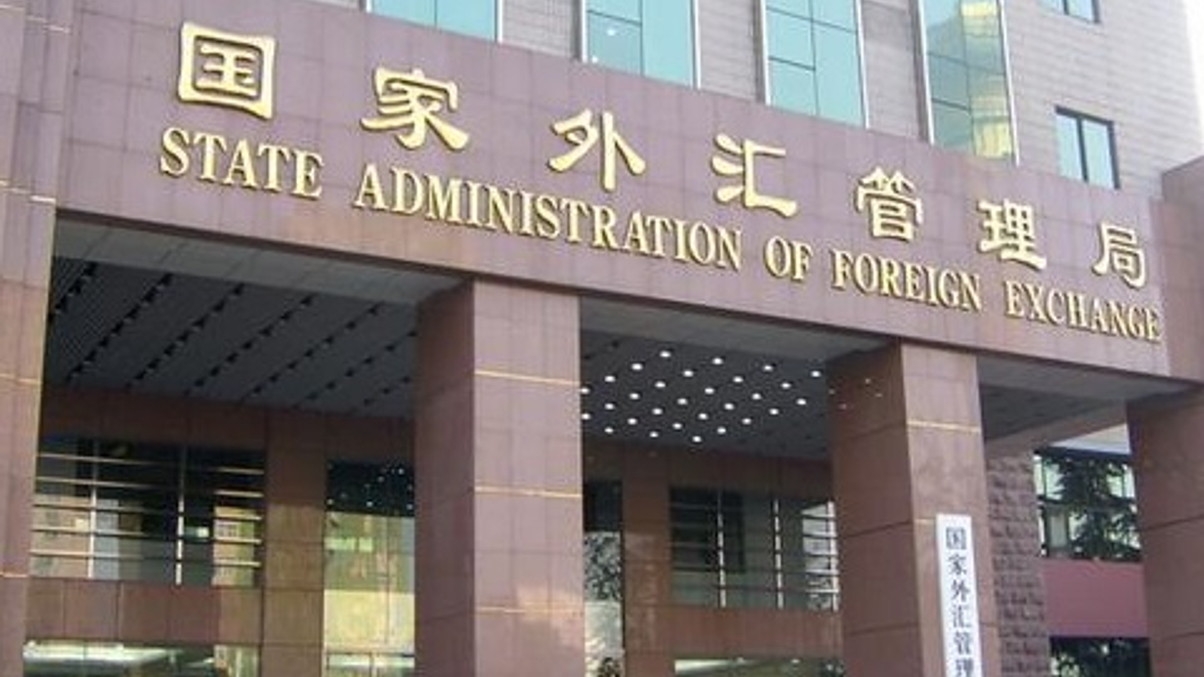More clarity provided on new RQFII quota system
Country limits are still in place after the recent reform of the RQFII quota rules, says a source close to China's foreign exchange regulator.

Following the unveiling of a new quota system for the renminbi qualified foreign institutional investor (RQFII) cross-border scheme early this month, industry players were unsure whether the country-by-country RQFII quota limit was still in place and what asset base the offshore arms of Chinese fund houses should use to calculate their new quota.
Sign in to read on!
Registered users get 2 free articles in 30 days.
Subscribers have full unlimited access to AsianInvestor
Not signed up? New users get 2 free articles per month, plus a 7-day unlimited free trial.
¬ Haymarket Media Limited. All rights reserved.


